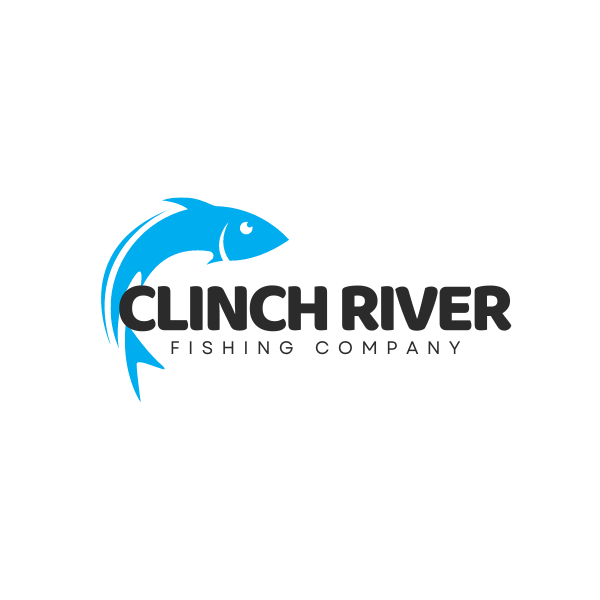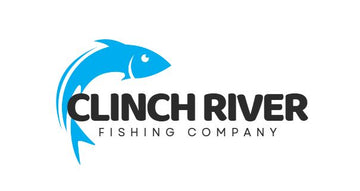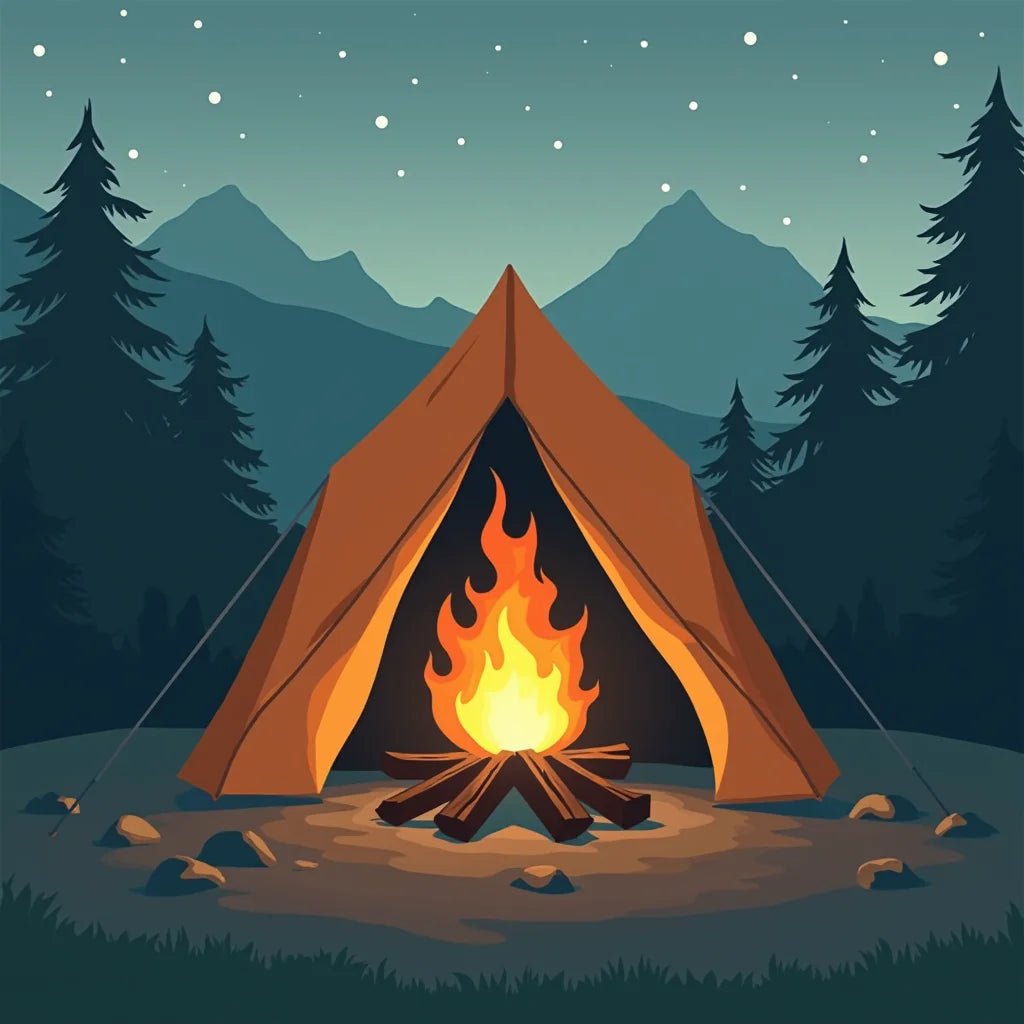Updated on: 2025-10-12
Table of Contents
- Getting Started with Camping: A Gentle Introduction
- Common Challenges of Camping and Simple Solutions
- Beginner Camping Checklist for First-Time Campers
- Comparison Section: Camping Gear and Shelter Options
- How to Plan a Camping Trip Step by Step
- Camping Q&A: Clear Answers for Common Questions
- Summary & Recommendations for a Comfortable Camping Trip
Getting Started with Camping: A Gentle Introduction
Camping can be a peaceful way to slow down and reconnect with nature. If you are planning a camping trip for the first time, this guide keeps things simple and kind. You will learn how to choose campgrounds, how to pack camping gear, and how to make camping out comfortable, safe, and enjoyable. The tips below focus on clarity, budget-friendliness, and small steps that reduce stress.
As you read, you will find a beginner camping checklist for first-time campers and a comparison of common shelter and sleep systems. To support trip planning, you will also see guidance on campsite selection, packing, and food safety. If you enjoy river landscapes or want local ideas, you might find inspiration on the home page, the blog, the about page, or the contact page.
Common Challenges of Camping and Simple Solutions
Packing Overwhelm and What to Bring
Packing may feel like the biggest hurdle. A clear checklist lowers stress and prevents overpacking. Start with shelter, sleep, clothing, cooking, lighting, hygiene, and safety. Add small comfort items only if there is space.
- Solution: Use a short packing system: must-have, nice-to-have, leave-behind. Keep must-haves to shelter, sleep, weather layers, water, food, and light.
- Tip: Pre-pack in color-coded dry bags or clear bins so items are easy to find in low light.
Weather Uncertainty and Staying Comfortable
Outdoor conditions can change. A dry camp keeps spirits up, and a warm sleep system improves rest.
- Solution: Bring a rain layer and a packable insulating layer even when forecasts look clear.
- Tip: A simple ground cloth under your tent and a small doormat at the door reduce dirt and moisture inside.
Sleep Comfort and Warmth
Restful sleep transforms a camping trip. Most discomfort comes from heat loss to the ground or drafts.
- Solution: Use a sleeping pad with adequate R-value for the season. Combine it with a sleeping bag or quilt that matches expected temperatures.
- Tip: Wear a dry pair of socks and a beanie at night to stay comfortable without adding bulk.
Food Storage and Easy Meals
Cooking at camp is easier with simple meals and safe storage. Focus on foods that need minimal prep and cleanup.
- Solution: Pack one-pot meals and snacks that travel well. Store perishables in a cooler with ice blocks and keep all food sealed.
- Tip: A small cutting board and a long-handled spoon make camp cooking cleaner and safer.
Choosing Campgrounds and a Campsite
Comfort begins with the right location. Well-managed campgrounds offer level pads, bathroom access, and clear rules. Within each campground, the best site for you depends on shade, wind, and noise.
- Solution: Review maps and photos before you go. Look for drainage, tree cover, and distance from high-traffic areas like restrooms.
- Tip: If you hope for quiet, pick a site away from the main loop, when possible, and note wind direction to avoid smoke drifting into your tent.
Staying Organized at Camp
Staying tidy helps you find items quickly, especially after sunset.
- Solution: Set a fixed place for keys, headlamps, and first-aid. Keep a small “grab bag” by the tent door.
- Tip: Label storage bins and return items to the same bin after use.
Beginner Camping Checklist for First-Time Campers
This beginner camping checklist for first-time campers covers essentials without excess. Adjust quantities to your group size and the length of your trip.
- Shelter: Tent, stakes, guylines, footprint or ground cloth.
- Sleep: Sleeping bag or quilt, sleeping pad, small pillow or stuff sack with clothing.
- Clothing: Moisture-wicking base layers, warm layer, waterproof jacket, extra socks, hat.
- Cooking: Camp stove and fuel, lighter and matches, pot or pan, mug, utensils, cutting board, biodegradable soap, sponge, trash bags.
- Food and Water: Simple meals, snacks, cooler if needed, water bottles or hydration bladder, water filter if no potable water on site.
- Lighting: Headlamp with spare batteries, lantern if desired.
- Safety and Navigation: First-aid kit, map, whistle, multi-tool, sun protection, insect repellent.
- Comfort: Camp chairs, small tarp, quick-dry towel, hand sanitizer, tissues.
- Extras: Phone charger, power bank, duct tape, cord, small broom and dustpan.
If you prefer a short version, think of it as shelter, sleep, clothing, cooking, water, light, and safety. Adding comfort items is helpful once you dial in the basics.
Comparison Section: Camping Gear and Shelter Options
Tents vs. Hammocks
- Tents — Pros: Familiar setup, good privacy, easy to share space, predictable warmth with a solid pad. Cons: Heavier, need level ground, can collect condensation if not vented.
- Hammocks — Pros: Light and compact, comfortable in warm conditions, quick to hang in forested areas. Cons: Tree availability required, may feel cooler without an underquilt, less space for gear inside.
Sleeping Bags vs. Quilts
- Sleeping Bags — Pros: Enclosed warmth, simple for beginners, draft collar options. Cons: Heavier than quilts at the same warmth, can feel restrictive.
- Quilts — Pros: Lighter for the warmth, versatile across temperatures, good for side sleepers. Cons: Requires a well-fitted pad and careful draft management.
Camp Stoves vs. Campfires
- Camp Stoves — Pros: Fast, consistent heat, low trace. Cons: Requires fuel and stable surface.
- Campfires — Pros: Cozy atmosphere, warmth for gathering. Cons: Conditions and rules vary, takes time and attention, leaves ash and requires caution.
For families watching costs, the best camping tents for families on a budget often include simple dome tents with two doors, a rainfly that reaches near the ground, and a vestibule for muddy boots. A footprint cut slightly smaller than the tent floor can extend durability. Look for easy color-coded poles, sensible ventilation, and a repair kit included in the bag.
How to Plan a Camping Trip Step by Step
This short process keeps planning clear and calm.
Step 1 — Define Your Trip
Decide how many nights, who is going, and what comfort level you want. Consider proximity to water, amenities, and activities such as short hikes or quiet wildlife viewing.
Step 2 — Choose Your Campgrounds
Match your preferences to services. Some campgrounds include showers and power, while others remain rustic. Read site descriptions and recent reviews for details on noise, shade, and road access.
Step 3 — Reserve and Verify
Reserve early when possible. Confirm the site size, parking, and any rules about fires, pets, and quiet hours. Note gate codes or check-in windows to avoid surprises.
Step 4 — Pack with a Checklist
Use the checklist above. Pack in bins or dry bags so unloading is easy. Keep your headlamp, first-aid kit, and snacks accessible during travel.
Step 5 — Set Up and Settle In
Pitch the tent on a level spot with good drainage. Stake corners, then add guylines for stability. Set up a small kitchen triangle with a safe cooking area downwind from the tent.
Step 6 — Break Down and Leave No Trace
Shake out the tent, let it air dry, and pack it loosely if damp. Check for micro-trash. A quick sweep of the site keeps nature clean for the next visitor.
Camping Q&A: Clear Answers for Common Questions
What should I pack for camping?
Start with the essentials: shelter, sleep, clothing, cooking kit, water, lighting, and safety items. A practical beginner camping checklist for first-time campers includes a tent, sleeping bag, sleeping pad, headlamp, simple stove, pots and utensils, extra layers, and a small first-aid kit. Add a chair, tarp, and small comforts after the basics are covered. Keeping your list short and focused helps reduce weight and stress.
How do I choose a campsite when camping?
Begin with established campgrounds that match your comfort level. Look for a level site with good drainage, some shade, and space to cook safely away from your tent. Consider wind direction, proximity to facilities, and distance from busy roads or communal areas if you value quiet. If you can, arrive with some daylight so you can assess ground slope and roots before setting up.
What are the best camping tents for families on a budget?
Look for durable fabrics, full-coverage rainflies, and two-door layouts to reduce nighttime traffic. Fiberglass poles are common and affordable; aluminum poles are lighter and stronger if your budget allows. A vestibule gives you room for shoes and bags. Many families prefer simple, freestanding dome tents with color-coded poles and quick clips. Size up if children move a lot during sleep, and consider a footprint to extend the floor’s life.
Summary & Recommendations for a Comfortable Camping Trip
Camping rewards steady preparation and gentle routines. Begin with a simple plan, select campgrounds that match your needs, and pack only what supports rest, warmth, hydration, and safety. Choose camping gear that fits your style rather than chasing every new tool. If you are unsure, try one overnight close to home before longer trips. With small steps, camping out becomes less about complications and more about quiet moments, warm meals, and restful sleep under the stars.

Owner and CEO of Clinch River FIshing USA. A marine electroncs, fishing and outdoor store.

